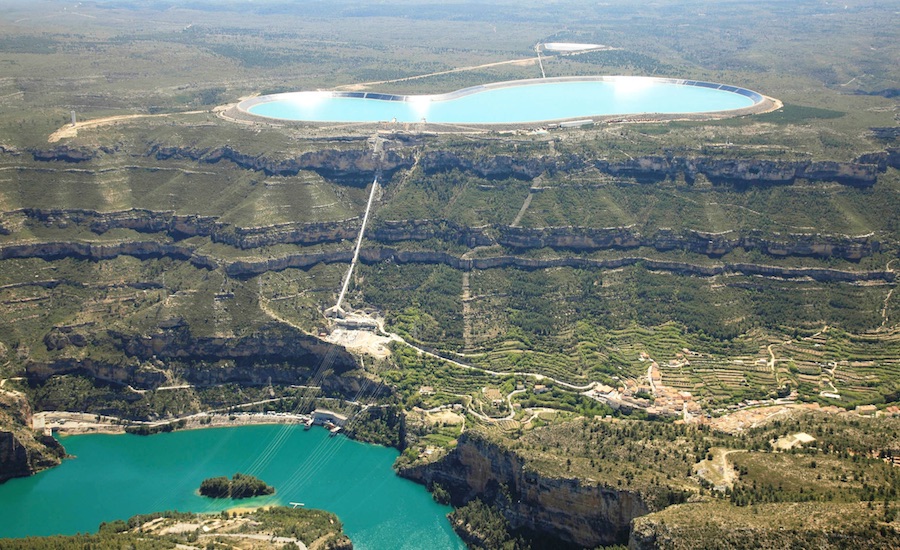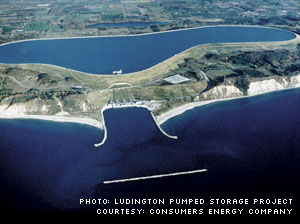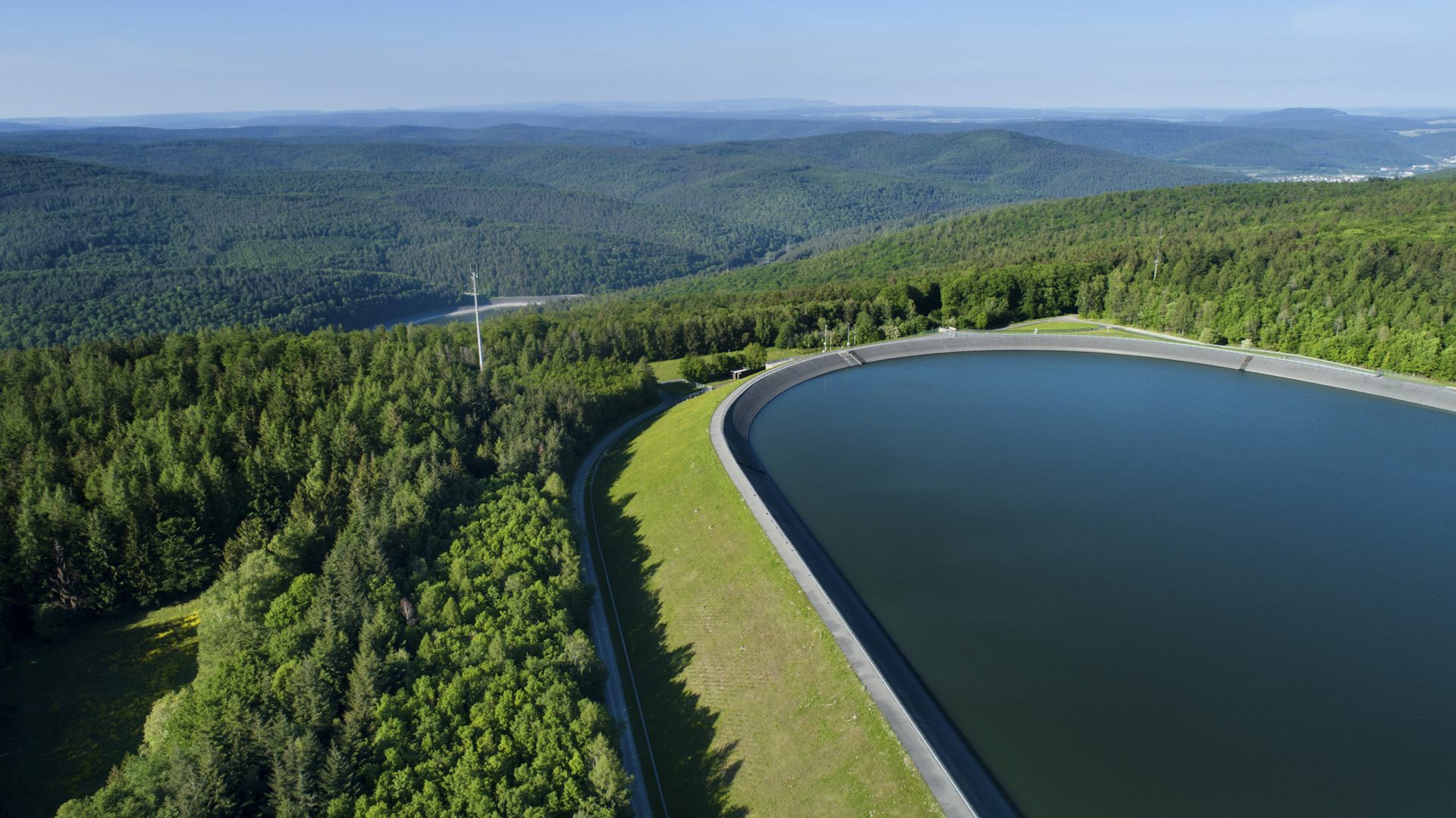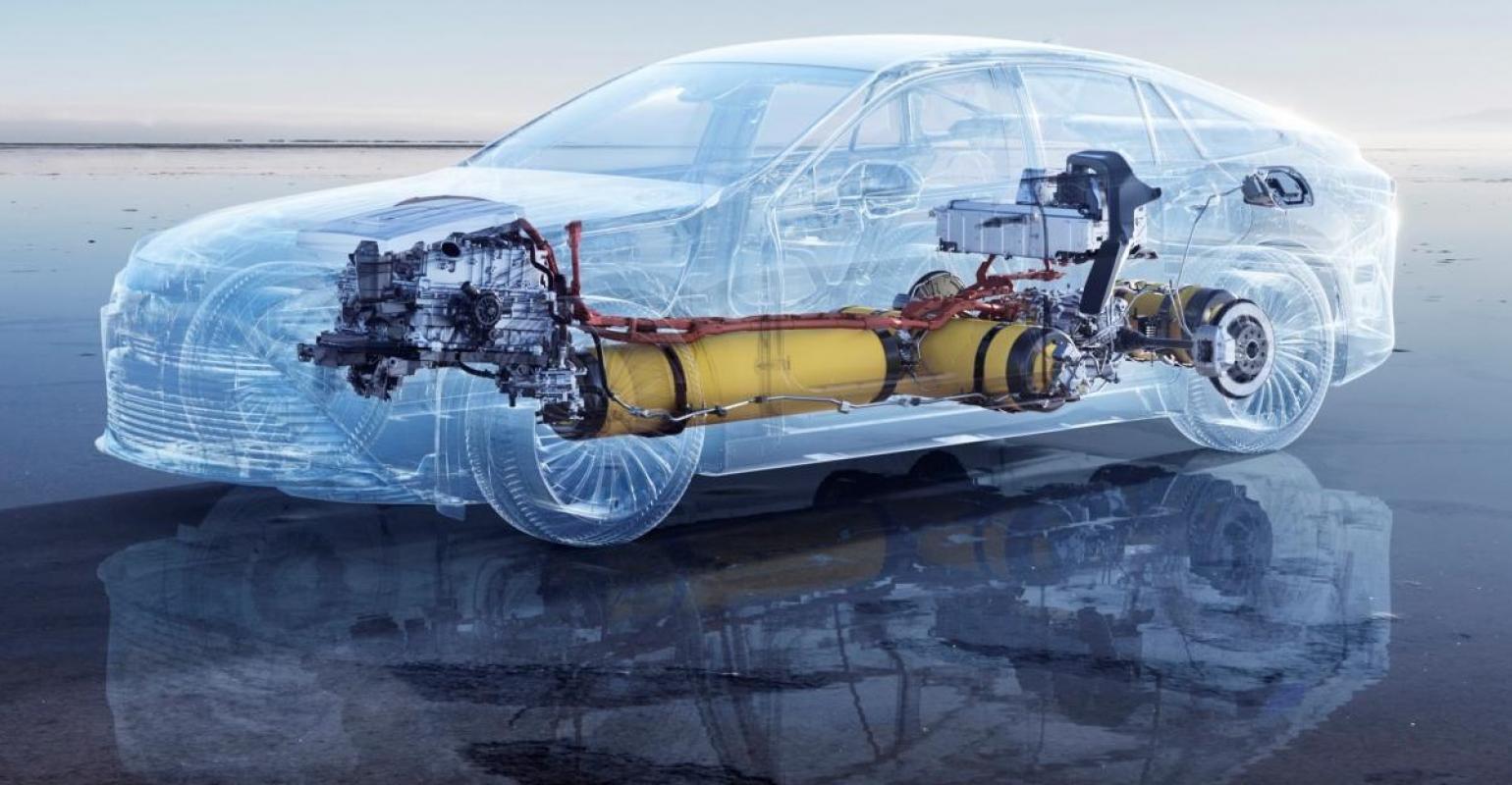CardsFan
Thinks s/he gets paid by the post
There is a project in central Oregon where two reservoirs are being constructed. Solar panels pump water into the higher reservoir which is drained through turbines at night generating electricity.
Pumped storage. Been around for over 100 years. Everything old is new again.
That said, it IS an effective way to store energy (but as I recall, not very efficient). But has mostly been used in reverse. Pump the water up over night during low demand, and generate during the day during high demand. Basically using it for peaking. But in the case of solar, the reverse makes some sense.







